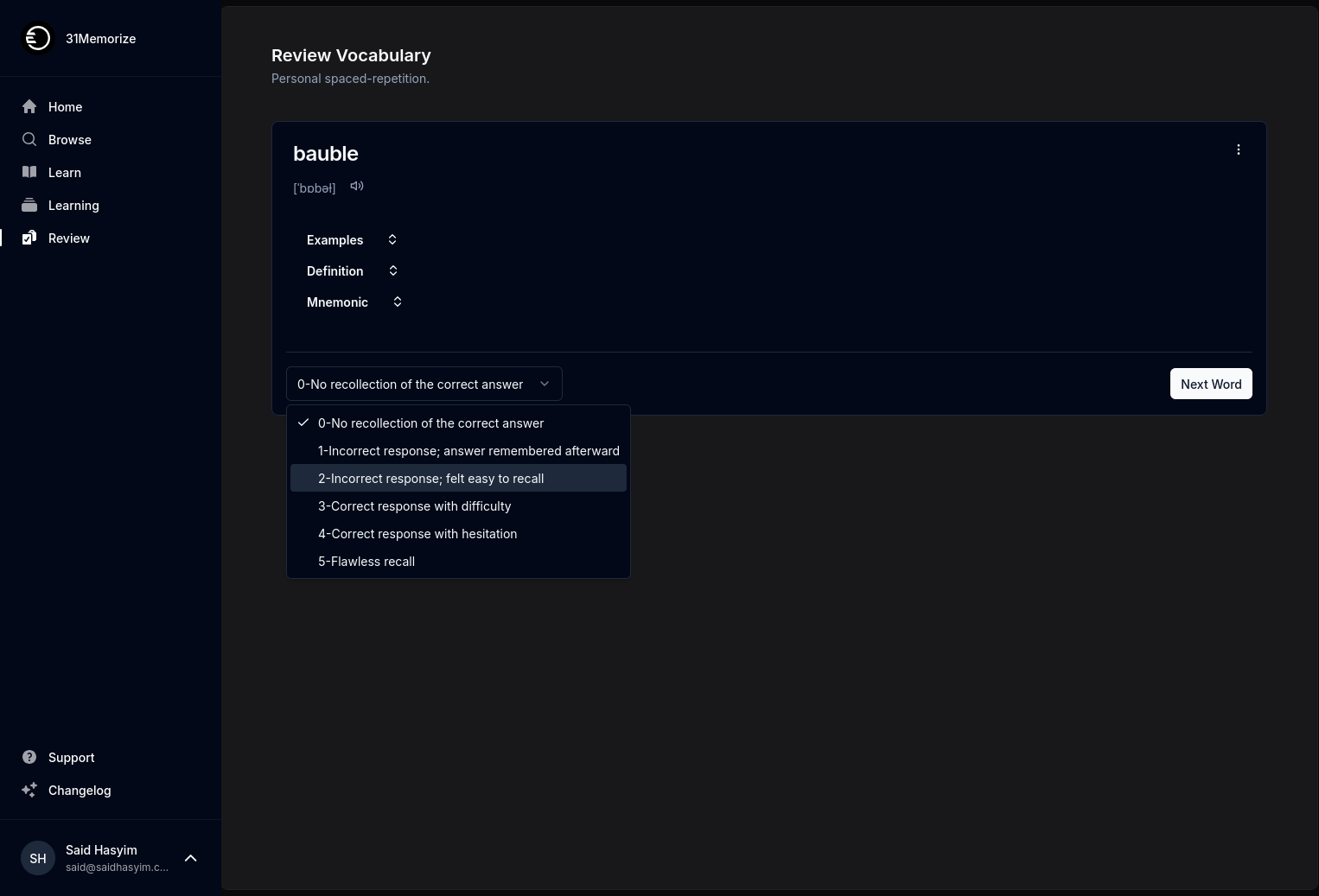Keeping Track of Your Book’s Reception Across Platforms
In today’s digital age, authors have an unprecedented opportunity to reach readers around the world. Whether you’ve self-published or gone the traditional route, your book is likely available on multiple platforms—each with its own audience and unique ways of receiving feedback. Keeping track of your book’s reception can feel overwhelming, but understanding where your book stands is crucial for your growth as an author and can guide your marketing strategy. In this post, we’ll explore effective strategies to keep track of your book’s reception across various platforms.
Understanding the Importance of Reception
The reception of your book can significantly impact your success. Positive reviews can drive sales and increase visibility, whereas negative reviews—while still valuable—can affect your reputation if not managed properly. By paying attention to how readers are responding across different platforms, you can:
- Gather insights about what resonates with your audience
- Identify common themes in feedback (both positive and negative)
- Adjust your marketing strategies accordingly
- Build a stronger author brand
Platforms to Monitor
Online Retailers:
- Amazon: This is the most popular marketplace for books globally. Monitor your book’s rating, reviews, and sales rank.
- Barnes & Noble: Similar to Amazon, keep an eye on ratings and customer reviews.
- Kobo and Apple Books: These platforms also provide a wealth of information regarding reader reception.
Social Media:
- Twitter: Use hashtags related to your book or genre to see what readers are saying. Engage with followers who mention your book.
- Facebook and Instagram: Join relevant reader groups or pages where readers may discuss your book.
- TikTok: The book community on TikTok, known as BookTok, is incredibly influential. Search for videos mentioning your book to gauge reception.
Book Blogs and Review Sites:
- Identify prominent book bloggers and websites that review books in your genre. Keeping track of new reviews can provide insight into how your work is received in more niche communities.
- Popular Goodreads communities can also serve as a resource for finding reader opinions.
Book Clubs and Reading Groups:
- Many readers share their thoughts through book clubs. Consider reaching out to a few to see if they’d be interested in reading your book and following up for feedback.
Your Own Website and Newsletter:
- If you have an author website or blog, provide a mechanism for readers to leave feedback directly. Consider integrating a discussion forum or encouraging newsletter subscribers to share their thoughts.
Tools for Tracking Feedback
Keeping track of feedback can be time-consuming, but various tools can streamline the process:
Spreadsheet Software: A simple spreadsheet can help you log reviews, track ratings, and note recurring themes. Categorizing feedback by platform can also be useful for comparison.
Social Media Monitoring Tools: There are many tools that allow you to monitor mentions, hashtags, and comments across different social media platforms. Utilize these to catch real-time reactions to your work.
Review Aggregators: While they may not cover every platform, services exist that compile reviews and ratings from several websites into one place.
Google Alerts: Set up alerts for your book title or your name to receive notifications whenever they are mentioned online, giving you an immediate overview of your book’s reception.
Responding to Feedback
Once you have gathered information regarding your book's reception, it’s essential to respond appropriately:
Engage with Readers: Always thank readers for their feedback, whether it’s positive or negative. Engaging in conversations can foster a loyal readership and encourage organic word-of-mouth promotion.
Learn from Criticism: Constructive criticism can provide invaluable insights into how to improve your writing or marketing strategies. Keep an open mind when it comes to negative feedback.
Showcase Positive Reviews: Sharing excerpts from praise-filled reviews on your website and social media can boost your credibility. Make sure to highlight outstanding reviews prominently, as they can entice potential readers.
Set Goals Based on Feedback
Finally, it’s vital to adapt and set new goals based on the feedback collected. Here are a few areas you might consider focusing on:
Targeting Your Audience: If feedback indicates your book appeals to a specific demographic, consider how to market directly to them more effectively.
Improving Future Work: Take note of any recurrent suggestions for improvement. If multiple readers point out a particular issue, it may be worth addressing in your next writing project.
Enhancing Marketing Efforts: If certain platforms yield more engagement, develop more content specifically for those spaces.
Conclusion
Keeping track of your book’s reception across various platforms isn’t just about monitoring numbers; it’s about understanding the heartbeat of your readership. With insights gathered from diverse sources, you can refine your approach and connect better with your audience. Remember, every piece of feedback, whether good or bad, is a stepping stone for your growth as an author. Embrace the journey and continue to evolve with the insights your readers provide.
Happy tracking!
